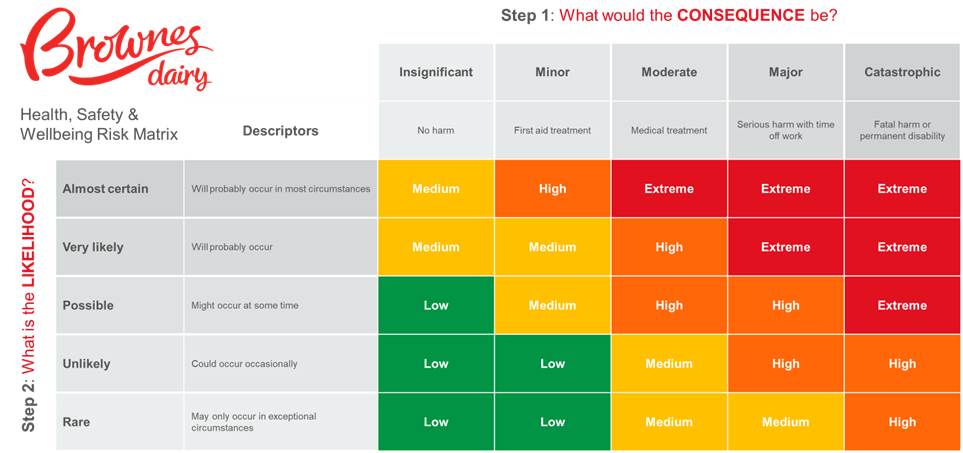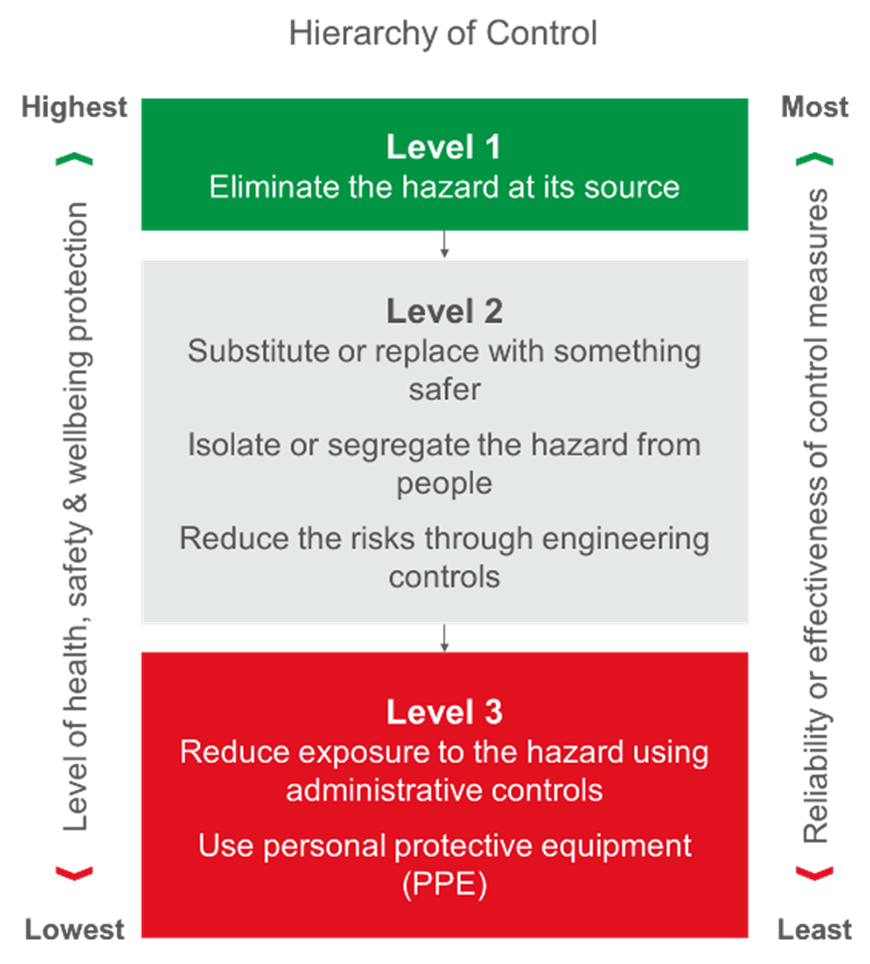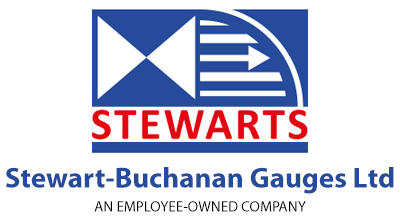Title Page
-
Site conducted
-
Date of Investigation
-
Completed By
-
Location
-
Incident Type
-
Injury Classification
- Lost Time Injury (1 or more full work days off)
- Medical Treatment Injury
- First Aid Injury
-
Type of Shift
-
Shift Length
Investigation Team
-
Team Member
Investigation
- Statement
-
Reason for Statement
-
Worker Statement
-
Worker Name
-
What task was being performed at the time of the incident?
-
What happened? (e.g. ‘worker tripped over box’ or ‘forklift hit wall’)
-
Was any damage sustained to plant and equipment?
-
Description of the damage and type of damage.
-
Was there any impact or damage to the environment?
-
Description of the impact or damage and type of impact.
Timeline and 5 Why Chart
-
Problem
-
Why?
-
Why?
-
Why?
-
Why?
-
Why?
ICAM (Contributing Factor Analysis)
-
Were there any absent or failed defences?
-
Select all that apply from the list
- Hazard identification
- Communication
- Competence / knowledge
- Supervision
- Work instruction
- Visual warning systems
- Auditory warning systems
- Speed / movement detectors
- Vigilance / fatigue
- Gas / substance detection
- Procedures
- Bypass valves / circuits
- Emergency shutdown
- PPE / clothing
- Firefighting equipment
- Spill response
- Bunding barricading / exclusion zones
- Fencing / guarding
- Safe access / egress
- Emergency planning / response
- Other
-
Describe other absent or failed defences
-
Did individual or team actions contribute to the event?
-
Select all that apply from the list
- Supervisory error or issue
- Work authority error
- Operating speed
- Equipment use error
- PPE use error
- Procedural compliance
- Change management error
- Equipment / materials handling error
- Horseplay / thrill seeking behaviour
- Hazard recognition / perception
- Hazard management error
- Work method error
- Occupational hygiene
- Physical fitness for work
- Psychological fitness for work
- Critical Risk Control error
- Other
-
Describe other individual or team actions
-
Did task / environmental conditions in the workplace contribute to the event?
- Yes
- No
-
Select all that apply from the list
- Task planning / preparation / resourcing
- Hazard analysis / risk assessment
- Availability / suitability of work procedures
- Abnormal operation situation
- Availability / condition of equipment or tools
- Availability / suitability of materials
- Equipment integrity
- Housekeeping
- Weather conditions
- Congestion / restricted access
- Routine / non-routine task
- Fire / explosion hazard
- Lighting
- Condition of equipment / materials temperature
- Noise
- Ventilation
- Gas, dust, or fumes
- Radiation
- Chemical
- Wildlife
- Surface / ground condition
- Reduced / restricted visibility
- Routine / non-routine task
- Other
-
Describe the task / environmental conditions
-
Did the task / environmental conditions from human factors contribute to the event?
-
Select all that apply from the list
- Complacency
- Drugs / alcohol
- Familiarity with task
- Fatigue
- Situational awareness
- Time / productivity pressure
- Physical capabilities
- Mental capabilities
- Confidence level
- Personal issues
- Distraction / pre-occupation
- Knowledge / experience in task
- Competency
- Personality / attitude
- Change of routine
- Reliance on undocumented knowledge
- Other
-
Describe the other human factors
-
Organisational Factors
-
Select all that apply from the list
- Hardware
- Training
- Organisation
- Communication
- Incompatible goals
- Procedures
- Maintenance management
- Design
- Risk management
- Management of change
- Contractor management
- Organisational culture
- Regulatory influence
- Organisational learning
- Plant / vehicle management
- Management systems
- Other
-
Describe the other organisational factors
Root Cause and Key Findings
-
What was the Root Cause? (The root cause is the one factor identified that if changed would have prevented the incident from occurring.)
-
What are the Key Findings?
Actual Risk Rating
-
Using the risk matrix, rank the risk based on the actual outcome / outcomes of the incident.
-
Actual Risk
Corrective and Preventative Actions
-
Use the hierarchy of control to ensure effective controls are implemented.
-
Can the hazard be eliminated?
-
Click the 'Action' button and create an action.
-
Can the risk be reduced by substitution, isolation, or engineering controls?
-
Click the 'Action' button and create an action.
-
Can the risk or severity be reduced by Administrative & PPE controls?
-
Click the 'Action' button and create an action.
-
Speak with Steve Reilly.
Residual Risk Rating
-
Using the risk matrix, rank the risk based on the new outcome / outcomes of the incident after the controls have been implemented.
-
Residual Risk
















